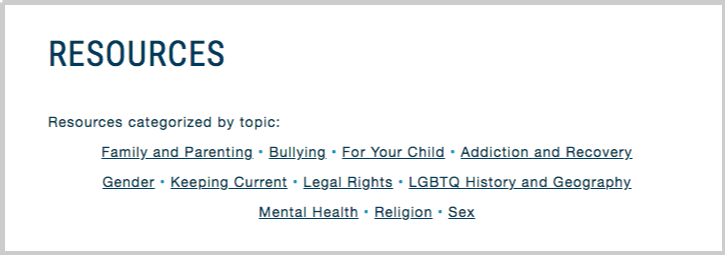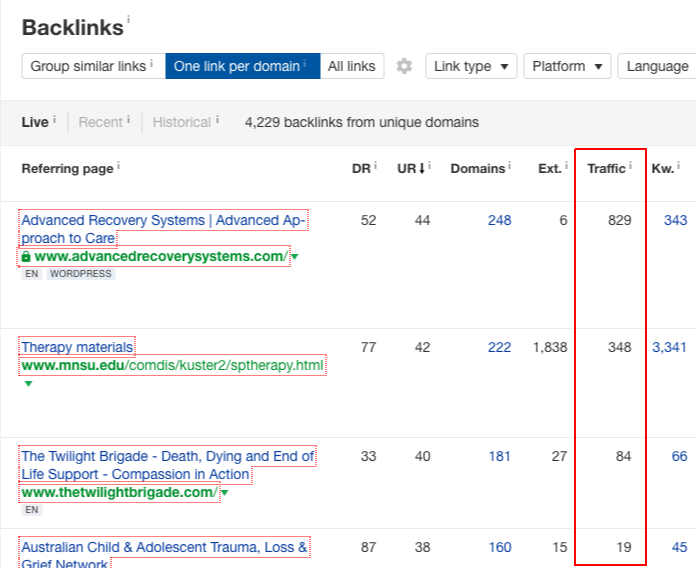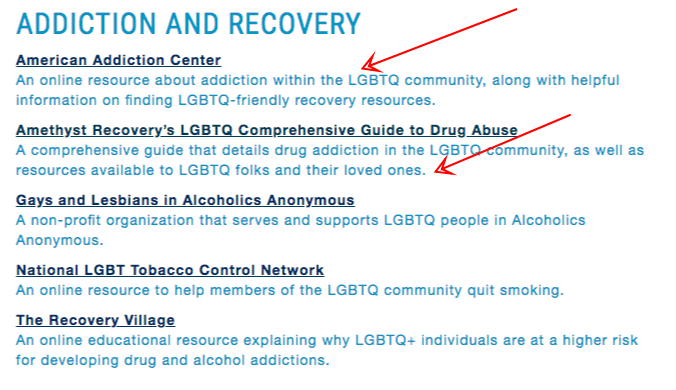by Venchito Tampon Jr | Last Updated on June 29, 2023
Nowadays, the pursuit of links has been based solely on a specific number set on link metrics. If a link opportunity is not higher than a set standard, i.e. DA30, then it’s not worth pursuing at all or has absolutely no value.
Will the numbers be all that you should base your decisions on whether a link opportunity is good or bad?
For years in building links for clients, we’ve always come across people who deeply care about just metrics, i.e. all links should be higher than DA30. Otherwise, we wouldn’t pay for those links. Some business owners don’t know and only demand high-quality links ONLY, where quality is pretty subjective from the service provider themselves.
What is link metrics?
Link metrics are a set of ranking factors used to determine the importance and relevance of webpages in search results. They include domain authority, relevancy, and trust, and help search engines assess the value of a website. These metrics play a crucial role in determining search rankings and ensuring high-quality search results.
Link Metrics: What Do You Need To Know
Proper education in the community
The common knowledge of what’s valuable and what to pursue will normally become the basic foundational model of those starting out in the industry and those looking to invest in search.
When most people say this particular metric is the right one to pursue when qualifying link opportunities, it wouldn’t be hard enough for new non-SEO-savvy people to accept it as their own.
Though that may be a good thing, as it looks like a common understanding, it may leave some good opportunities.
2 uses of link metrics: to make sure you don’t include bad opps, or to make sure you don’t miss out on good ones. We do the latter.
— Jon Cooper (@joncooperseo) November 14, 2017
There are verticals where there are only a handful of link opportunities available. Setting a high standard on metrics may leave you missing out on good relevant opportunities — ultimately not maximizing the campaign opportunity.
Frequent wild changes in metrics
You often encounter this situation if you’re reporting links solely based on metrics.
You prospected a potential linking opportunity and saw its DA to be 35. You go through the process of filling in your list with more link targets – reaching 300 qualified targets. When you visit the page again to find available contact information — the DA goes down to 29. Now, you get stuck on whether to pursue the link opportunity.
If you’re highly reliant on only one metric number, you’ll have trouble with these quick changes, given they’ll affect the quantity rate of your qualified link prospects.
A piece of very good advice from Jon Cooper that can battle against these frequent wild changes in metrics:
I also can’t imagine agencies using DR in contracts for link requirements. That’s why we don’t use hard ones, but i.e. needs to hit at least one of 6 different numbers, so we’re not reliant on wild changes like these.
— Jon Cooper (@joncooperseo) March 8, 2018
Natural links may be lower than metric standards
Some links can be acquired naturally, i.e., when writers find your content by searching for resources on Google and linking to it from their content at the stage of their writing process.
Most link builders and SEOs devalue natural links as these may not have passed a certain metric benchmark. When common sense isn’t a common practice, you don’t have to worry about metrics now — these are natural links built effortlessly. It makes your link acquisition process for that content semi-automated.
Though you’ll have to do the groundwork of manually building links to get your content ranked first and earn natural links, the tremendous benefits of making it a link magnet is staggering.
Links that drive clicks
It’s not good when you’re too focused on metrics, preferring it over relevance. Given that relevant targeted links can drive referral visitors, that may, in turn, be more valuable than any high number metric links that are irrelevant to your page.
This is pretty obvious, but time and time again, I’ve found link builders scaling link acquisition on DA70+ resource pages with over 300 outbound SEOly links (which have been pitched by different kinds of link builders) and of which you’re less likely to get clicks and link juice if you happen to build links from them.
If you prioritize clicks from links, some hints will help you determine if there’s a potential click on a link on a page.
I’ll be using resource pages as an example here.
Page with link categories
When looking for references for project research, it would be too hard for you to find the exact references you need when there are no categories or sub-sections that’ll group links on the page.
You’re less likely to click on any of the links and might look for another similar resource page.

Assuming you get a link, it’ll be somewhere placed in an unclassified manner.
It is best to look for resource pages where links are categorized into sub-topics, as it’ll be easier for users to find and click on your resource.
Descriptions for links
Descriptions for each link provide context to readers that allow nudges for decisions about which link to click on.
A resource page with descriptions for each link can entice clicks. But without them, links would have divided attention for clicks.
Hundreds of outbound links
Similar thing to attend. A resource page with hundreds of outbound links (all battling for a visitor’s attention) is less likely to give your desired clicks.
List of resources not placed in the main section
You may come across a page entitled an Industry/Audience Resource Page, but links are placed somewhere on the page not likely to be clicked (e.g. bottom right section). In this case, you may get a link, but you may have a low potential for a click.
Links from pages that drive traffic
It’s easy to say you must acquire links to generate traffic to your site. However, practically doing that is a different thing.
There’s an approach to maximize the effectiveness of your link building campaign by focusing on acquiring links from that pages that can drive traffic to your site.
In April, Ahrefs improved one of its core functionalities – search traffic of a referring page and the number of referring domains to Ahrefs “Backlinks” report – which allows you to gauge high-quality linking pages from a traffic perspective.

You can grab your competitors’ domains, see their backlinks reports, and identify the ones driving them a significant amount of traffic. This can be likely your initial link building approach when you have a new client or project to work on.
You can easily figure out the value of potential linking pages and not guess enough how much potential traffic you can get from the page.
Link Metrics Frequently Asked Questions
What metrics are used in link building?
In link building, various metrics are used to assess the quality and impact of links. Some key metrics include domain strength, page strength, anchor text, number of links, linking root domains, the relevance of the linking page, the position of links on the page, and cost per link. These metrics help determine the value and authority of websites and pages online.
How do you measure the quality of link?
To measure the quality of a link, it is essential to consider the link quality indicator (LQI) and received signal strength (RSS). LQI indicates data packet quality, while RSS measures the energy of the received signal. Both metrics provide valuable insights into link performance and reliability.
How do you measure link building success?
To measure link building success, focus on creating high-quality links from other credible and relevant websites to your own. Such backlinks indicate to search engines that your site is trustworthy. The key metric for success is the number of acquired backlinks. So, ensure consistent and effective link building campaigns to improve search engine rankings and website credibility.- everything
The Author
Venchito Tampon Jr
Venchito Tampon is a Filipino Motivational Speaker, Corporate Trainer, and a Leadership Speaker in the Philippines. He is the CEO and Co-Founder of SharpRocket, a link building agency. With a decade of experience, Venchito has a proven track record of leading hundreds of successful SEO (link builidng) campaigns across competitive industries like finance, B2B, legal, and SaaS. His expert advice as a link building expert has been featured in renowned publications such as Semrush, Ahrefs, Huffington Post and Forbes. He is also an international SEO spoken and has delivered talks in SEO Zraz, Asia Pacific Affiliate Summit in Singapore, and Search Marketing Summit in Sydney, Australia. Check out his other businesses, Hills & Valleys Cafe, Blend N Sips and Saas Pursuit.
How our LINK BUILDING AGENCY builds 250 links/mo consistently using Predictable Link Building Methodology™…
- Using a SIMPLE and PROVEN system
- Using a SCALABLE strategy
- No private blog networks
- No creepy outreach emails

